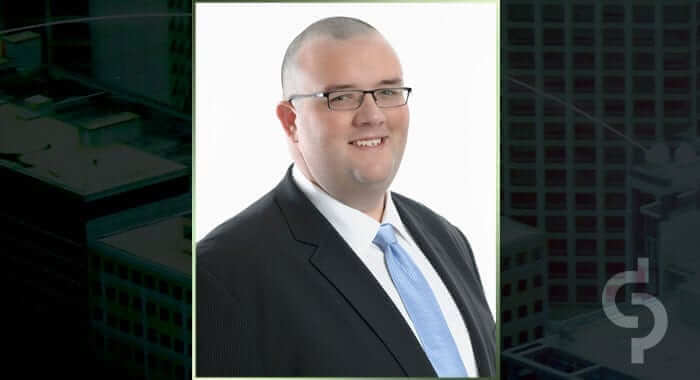Whether you are trying to decide how to facilitate the acquisition of new equipment or the purchase of real estate, or you need additional working capital, at some point a successful medical practice will need to obtain financing. Understanding the process, and when and how to effectively leverage through financing, is a key component in the growth of both the medical practice and its owners.
After identifying a potential need for financing, the practice should begin to perform due diligence on who will be providing the lending. Equipment companies will work directly with financing companies in order to facilitate transactions; for real estate or working capital, often the lender will be a bank (either directly or facilitation of a small business administration loan.) As part of this diligence process, ensure the lender has an understanding of healthcare financing and is familiar with your practice area; each specialty has different capital and cash flow generation requirements. Working with a knowledgeable lender will not only make the underwriting process easier, but he or she will also be able to help structure the loan to provide maximum benefit to your practice. As is true of any financing transaction, you should always evaluate alternative lenders as part of your standard process. It may be simple to utilize using the financing provided by the equipment company, but there is no guarantee that they are offering you the best terms.
Practices should seek terms that best suit both their short term and long term needs and goals. The key considerations should be the rate and term. Practices should generally look to borrow at the lowest interest rate possible, and by having alternative lending options available, will be in a better position to negotiate a lower rate. When getting financing, the term of the loan should be long enough to allow the practice to leverage its assets efficiently by freeing up cash flow that would otherwise be tied into an asset and also allow the asset enough time to generate cash flow to pay down the debt. Sometimes, it may be beneficial for a practice to select a slightly higher rate with a more favorable repayment term in order to ease cash flow burdens, hence why rate should not be the only consideration.
Once rate and terms have been established, the practice will go through the underwriting process next. Here, the financing company will request the practice fill out an application, sign regulatory forms, and provide financial information. The financial information will typically be 2 years tax returns for the practice and interim financial reports for the current period; in some transactions additional information such as receivables, payor mix, or physician personal tax returns (if providing a personal guarantee.) The lending company will be looking to see how and if you can repay the obligation with this information. They will be particularly interested in free cash flow and debt service coverage ratio (DSCR). Most lenders have a target DSCR of 1.25x, meaning that your net income (or free cash flow) should be 1.25 times higher than the annual debt payments. Once the underwriting is complete and approved, the financing documents will be issued and the loan funded.
Knowing when and where to use debt financing should also be a consideration for medical practices. Just because you have a credit line or you are offered financing does not mean you should use it. A key evaluation is understanding the financial impact of the alternatives to financing.
For example, imagine a practice needs a new piece of equipment for $100,000. The practice can either finance the equipment at 5% or use current cash to pay for the equipment outright. In this case, the practice (and owners) should look to the future cash needs of the business and what kind of return that cash would generate if not used for this purchase. Assuming that the practice does not need the cash for operations (in that it will generate enough from its operating cycle), therefore either allowing for a distribution to the owner or to purchase the asset, the owners should analyze the return they could get on this cash. If the owners can either get a higher return via investment or pay down higher interest debt themselves, it makes perfect sense to finance the equipment. If the cash cannot get a better return outside the practice via investment or debt repayments, then paying for the equipment outright is a viable option.
Understanding financing is crucial to growing a practice and net worth of the physician owners. Many practices are unware of the process and fear the unknown, and also do not effectively plan for future borrowing needs. Leverage is a great tool that can be a high powered way to fuel growth, but if used ineffectively or too frequently, it can be an anchor on the practice.
This article was also featured in our newsletter Best Practices Vol. 13

Edward McWilliams, CPA
Partner
Ed is a Partner in the firm’s tax and business advisory practice focusing on providing services to middle market private companies across different industries as well as to early stage startups. Ed has over a decade of experience providing tax and business consulting services to these companies of different sizes and across different industries, bringing a broad and diverse knowledge base and strategic solutions to the many complex issues that businesses face.





